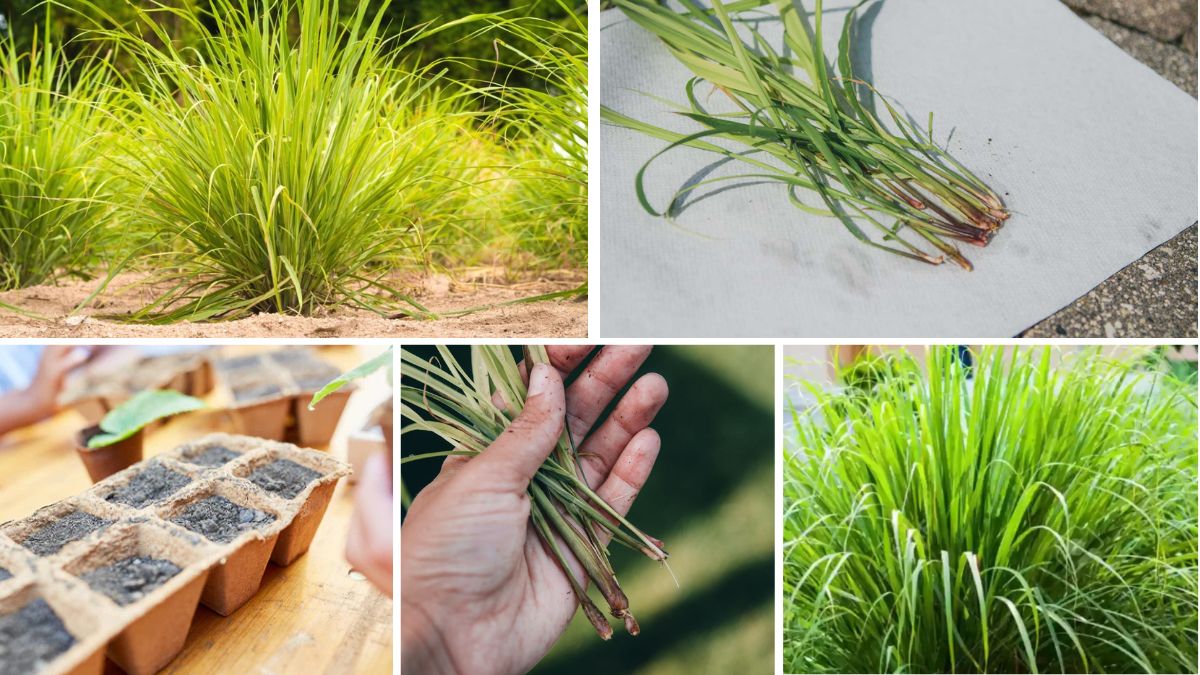Lemongrass, with its refreshing citrus aroma and numerous health benefits, is more than just a kitchen herb — it’s a natural air freshener, a medicinal plant, and a stylish addition to your indoor garden. Often used in Asian cooking, herbal teas, and aromatherapy, lemongrass is surprisingly easy to grow indoors, even if you don’t have much gardening experience.
If you’ve ever wanted a constant supply of fresh lemongrass without making frequent trips to the store, growing it inside your home is a rewarding and practical choice.
In this beginner’s guide, we’ll explore everything you need to know — from choosing the right variety and containers to caring for your plant so it thrives year-round indoors.
1. Why Grow Lemongrass Indoors?
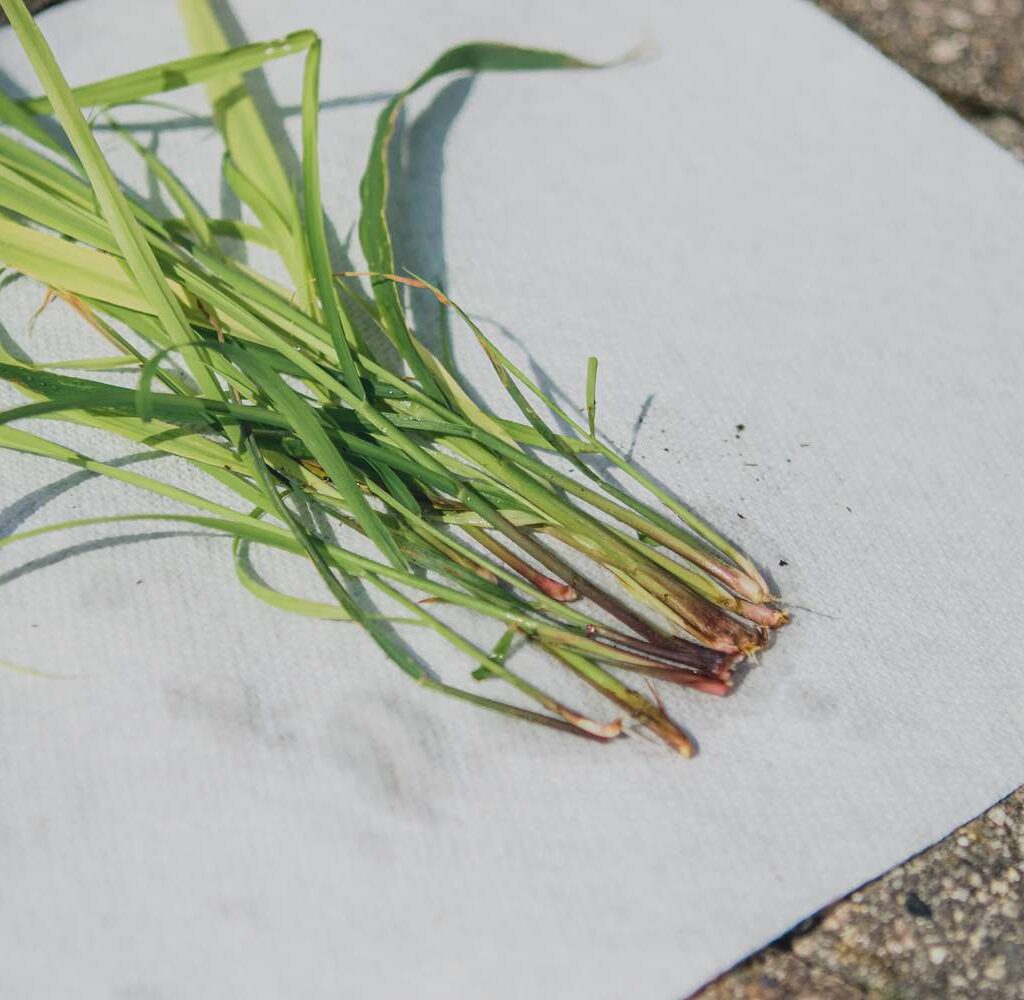
Growing lemongrass indoors offers several benefits, especially for those living in cooler climates where outdoor growth is limited to certain months.
- Year-Round Freshness – You can harvest fresh leaves and stalks anytime, even in winter.
- Space-Saving – Perfect for apartments or small homes, it can be grown in pots near a sunny window.
- Pest Control – Lemongrass contains citronella, a natural mosquito repellent.
- Health Benefits – It’s rich in antioxidants, aids digestion, and promotes relaxation.
In short, an indoor lemongrass plant is both functional and beautiful, giving your space a fresh, tropical vibe.
2. Choosing the Right Lemongrass Variety
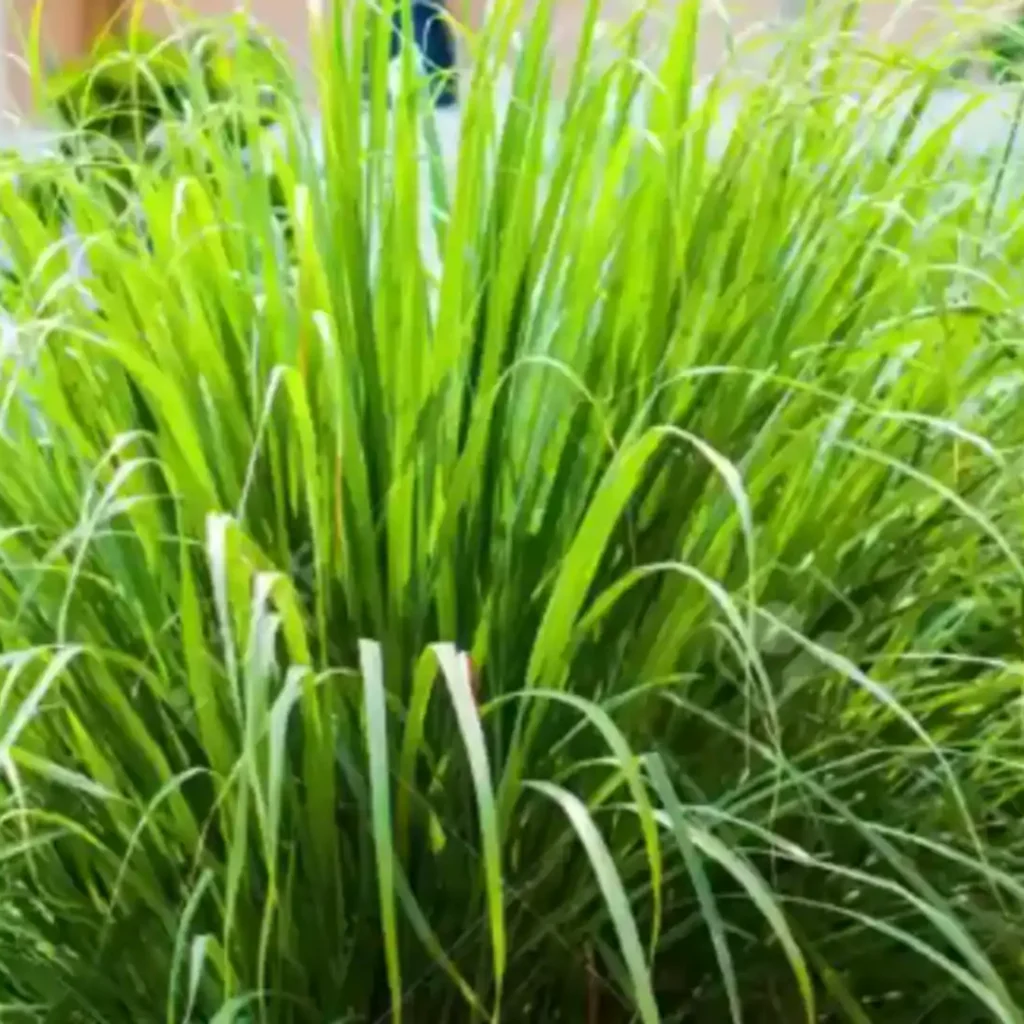
Before you start planting, it’s important to choose the right variety for indoor growth.
There are two main types:
- Cymbopogon citratus – The most popular culinary variety, widely used in cooking.
- Cymbopogon flexuosus – Grown more for its oil and fragrance than for cooking.
For indoor gardeners, Cymbopogon citratus is the best choice because of its tender stalks and delicious flavor. Make sure to buy healthy stalks from a nursery or fresh grocery produce section.
3. How to Start Lemongrass from Stalks
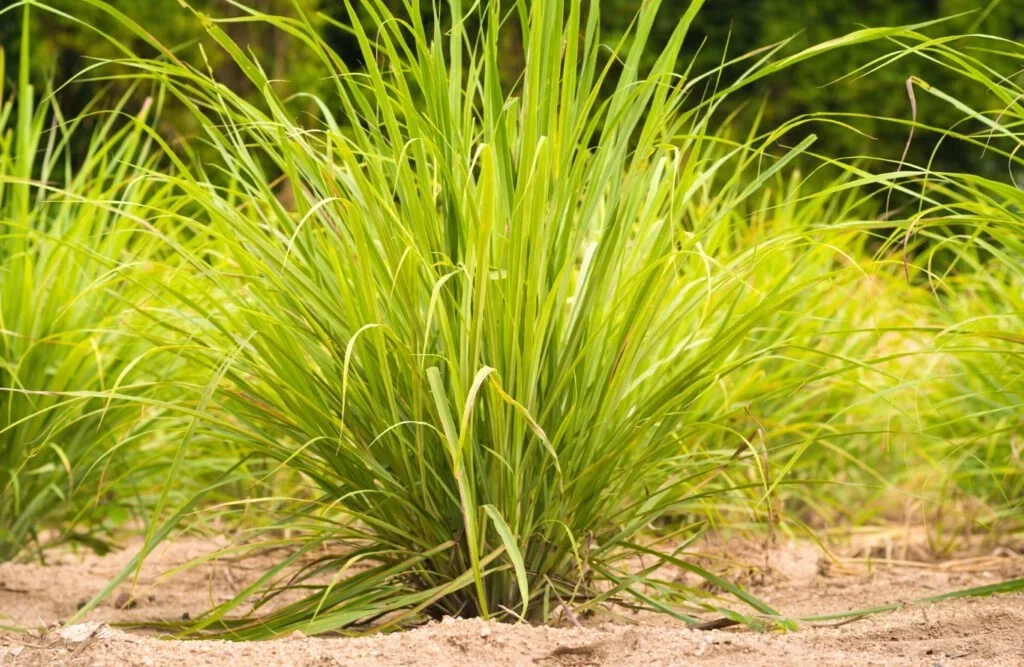
One of the easiest ways to grow lemongrass is by rooting store-bought stalks.
Here’s how:
- Choose Fresh Stalks – Look for firm, green stalks with intact bulbs at the base. Avoid dry, brown, or damaged stems.
- Prepare for Rooting – Trim the tops to about 6–8 inches and place the stalks in a glass of water, bulb side down.
- Provide Light – Keep the glass near a sunny window to encourage growth.
- Change Water Regularly – Replace water every 2–3 days to prevent rotting.
- Wait for Roots – Within 1–2 weeks, you’ll see roots and small green shoots emerging.
Once the roots are about 2 inches long, your lemongrass is ready to be planted in soil.
4. Choosing the Right Container & Soil
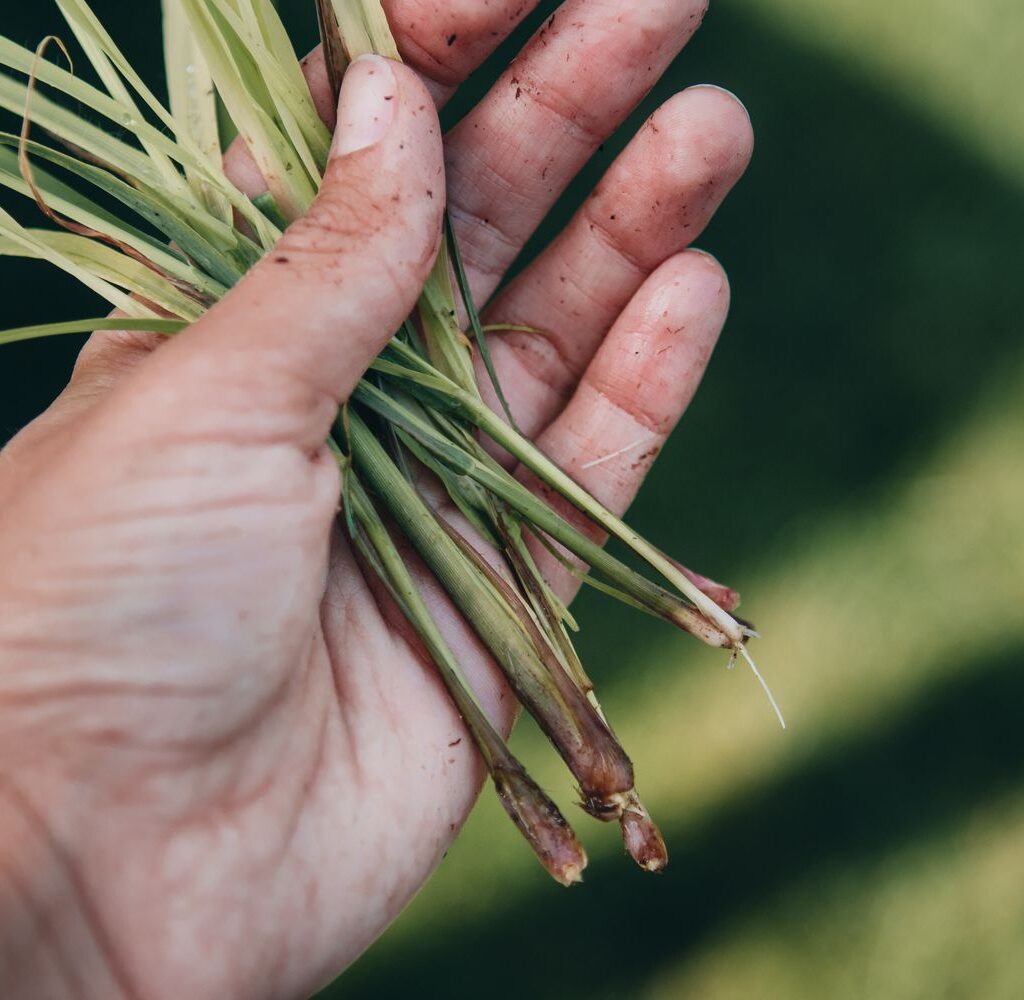
Lemongrass grows tall and develops deep roots, so choosing the right pot is essential.
- Container Size – A pot at least 12 inches deep and 12 inches wide will give the roots enough space.
- Drainage – Ensure the pot has drainage holes to prevent waterlogging.
- Soil Type – Lemongrass prefers loamy, well-draining soil enriched with compost. A mix of potting soil, sand, and organic compost works well.
- pH Level – A slightly acidic to neutral pH (6.0–7.0) is ideal.
5. Planting Lemongrass Indoors
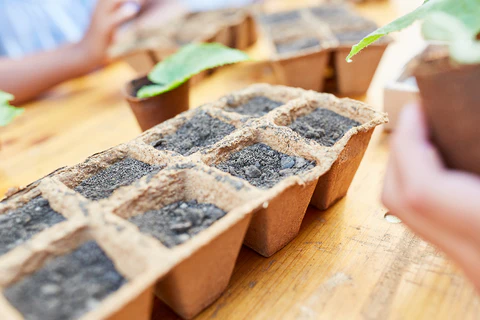
Once your stalks have rooted, it’s time to move them to the soil.
Steps to Plant:
- Fill the pot with prepared soil mix.
- Make a small hole and insert the rooted stalks.
- Gently firm the soil around the base to keep the plant upright.
- Water thoroughly after planting to settle the soil.
Place the pot in a sunny spot where it gets at least 6 hours of direct sunlight daily — a south-facing window is perfect.
6. Caring for Indoor Lemongrass
Lemongrass is low-maintenance, but it still needs consistent care to thrive indoors.
Watering
- Keep the soil consistently moist but not waterlogged.
- Water when the top inch of soil feels dry.
- In winter, reduce watering slightly to prevent root rot.
Light
- Lemongrass loves bright, direct sunlight.
- If your home doesn’t get enough natural light, use a grow light to supplement.
Humidity
- Indoor heating can dry the air, so mist your plant occasionally to maintain humidity.
- Placing a tray of water nearby can also help.
Feeding
- Use a balanced liquid fertilizer every 4–6 weeks during the growing season (spring and summer).
- In fall and winter, feeding can be reduced.
7. Harvesting Lemongrass Indoors
Lemongrass can be harvested once it’s well established — usually after 3–4 months of growth.
To Harvest:
- Cut mature stalks close to the soil level.
- Choose stalks that are at least half an inch thick for best flavor.
- Regular harvesting encourages new growth.
You can also trim the leaves for teas, soups, or to use as a fragrant garnish.
8. Common Problems & Solutions
Even though lemongrass is easy to grow, indoor conditions can sometimes cause issues.
- Yellowing Leaves – Usually caused by overwatering or insufficient sunlight.
- Root Rot – Prevent by ensuring good drainage and avoiding soggy soil.
- Pest Infestation – Aphids or spider mites may appear; treat with neem oil or insecticidal soap.
9. Overwintering Tips
If you live in a colder climate, lemongrass will happily stay indoors year-round. However, during the dormant winter period, it may grow slower.
- Reduce watering slightly.
- Keep in a bright spot to prevent leaf drop.
- Resume normal care in spring.
10. Bonus Uses for Indoor Lemongrass
Aside from cooking, lemongrass has multiple uses indoors:
- Natural Air Freshener – Its scent freshens your living space.
- Tea Ingredient – Fresh lemongrass tea is calming and aids digestion.
- Aromatherapy – Lemongrass essential oil reduces stress and uplifts mood.
Final Thoughts
Growing lemongrass indoors is a rewarding gardening project that provides fresh flavor, fragrance, and beauty to your home. With the right container, soil, and care routine, you can enjoy a constant supply of this versatile herb all year long — no matter where you live.
So, grab some fresh stalks, find a sunny spot, and start your journey toward homegrown lemongrass today. Your kitchen, your health, and your senses will thank you!
